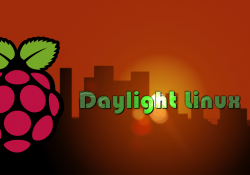FOSS Project Spotlight: OpenNebula
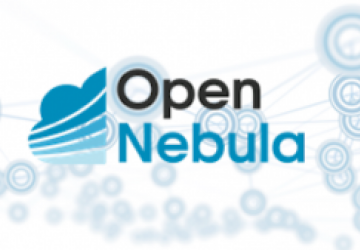
OpenNebula recently released its latest version, 5.8 "Edge", which now offers pivotal capabilities to allow users to extend their cloud infrastructure to the Edge easily and effectively.
Why OpenNebula?
For anyone looking for an open-source, enterprise solution to orchestrate data-center virtualization and cloud management with ease and flexibility, OpenNebula is a fine candidate that includes:
- On-demand provisioning of virtual data centers.
- Features like capacity management, resource optimization, high availability and business continuity.
- The ability to create a multi-tenant cloud layer on various types of newly built or existing infrastructure management solutions (such as VMware vCenter).
- The flexibility to create federated clouds across disparate geographies, as well as hybrid cloud solutions integrating with public cloud providers like AWS and Microsoft Azure.
And, it's lightweight, easy to install, infrastructure-agnostic and thoroughly extensible.
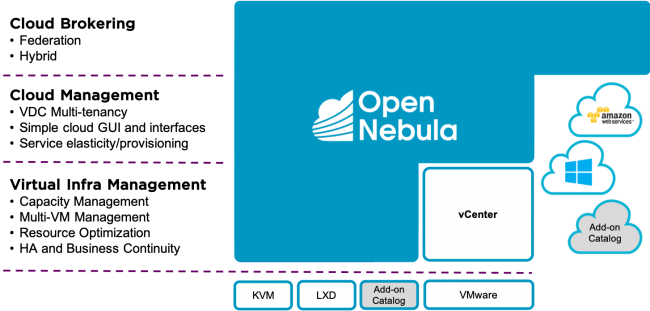
Figure 1. High-Level Features
Check here for a more detailed look at OpenNebula features.
New Features in 5.8 "Edge"
With the current conversation shifting away from centralized cloud infrastructure and refocusing toward bringing the computing power closer to the users in a concerted effort to reduce latency, OpenNebula's 5.8 "Edge" release is a direct response to the evolving computing and infrastructure needs, and it offers fresh capabilities to extend one's cloud functionality to the edge. Gaming companies, among others, who have been using OpenNebula were of the first to push for these features (yet they don't have the be the only ones to benefit from them).
LXD Container Support
In addition to supporting KVM hypervisors, as well as offering a cloud management platform for VMware vCenter server components, OpenNebula now provides native support for LXD containers as well. The virtues offered by LXD container support allow users and organizations to benefit from:
- A smaller space footprint and smaller memory.
- Lack of virtualized hardware.
- Faster workloads.
- Faster deployment times.
From a compatibility perspective, OpenNebula 5.8 and LXD provide the following:
- Storage back-end support for filesystems with raw and qcow2 devices, and Ceph with rbd images. As a result, LXD drivers can use regular KVM images.
- The native network stack is fully compatible.
- The LXD drivers support scenarios with installations both from apt and snap packages. There is also a dedicated marketplace for LXD that is backed by the public image server on https://images.linuxcontainers.org where you have access to every officially supported containerized distribution.
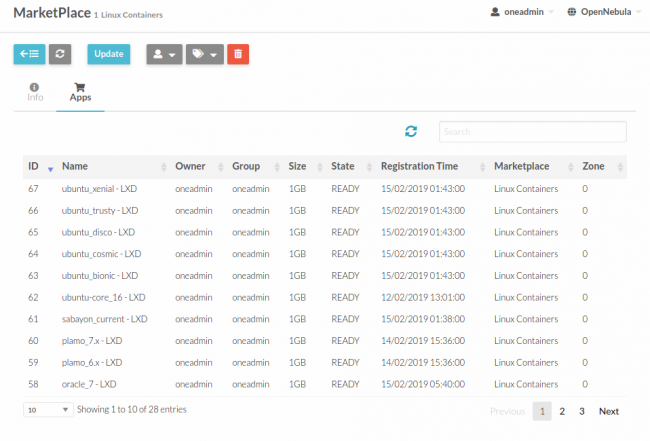
Figure 2. Configured LXD marketplace in the OpenNebula Front End
Disaggregated Data Center (DDC) provisioning
With the evolution of a more diverse network of infrastructure to handle our growing needs for compute power, and global bare-metal public cloud providers offering physical resources along the "edge of the network", OpenNebula 5.8 offers the native provisioning capability of bare-metal resources (like Packet and AWS) to swiftly enhance one's private cloud infrastructure and have the flexibility to take advantage of these public resources along the edge. So for a gaming company who needs to augment its cloud resources in edge locations quickly, or any other organization with the need to accelerate its migration to the cloud, OpenNebula 5.8 provides—within a single command—the ability to provision, deploy and configure bare-metal resources as integral clusters within one's private cloud.
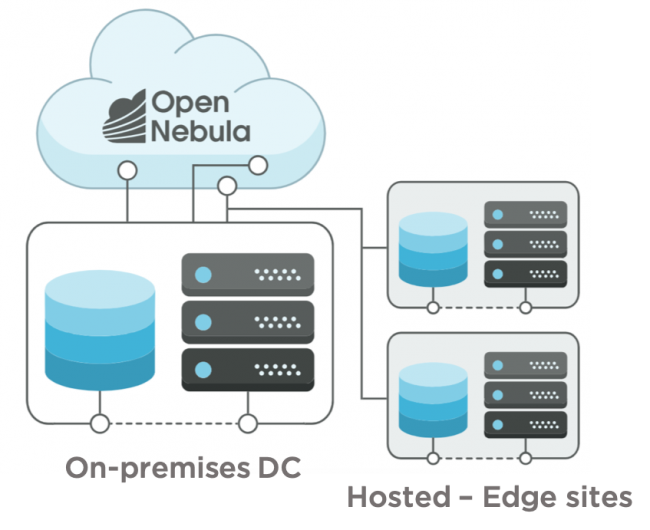
Figure 3. OpenNebula Edge Cloud
Regarding edge computing, you can learn more about OpenNebula's partnership with Packet or how Telefónica is using OpenNebula in its edge solution.
Resources
- Check https://opennebula.org for detailed release notes and guidance on how to download the code.
- Check https://opennebula.systems for information on commercial services offered by OpenNebula Systems.
- vOneCloud (VMware-Specific Appliance)










